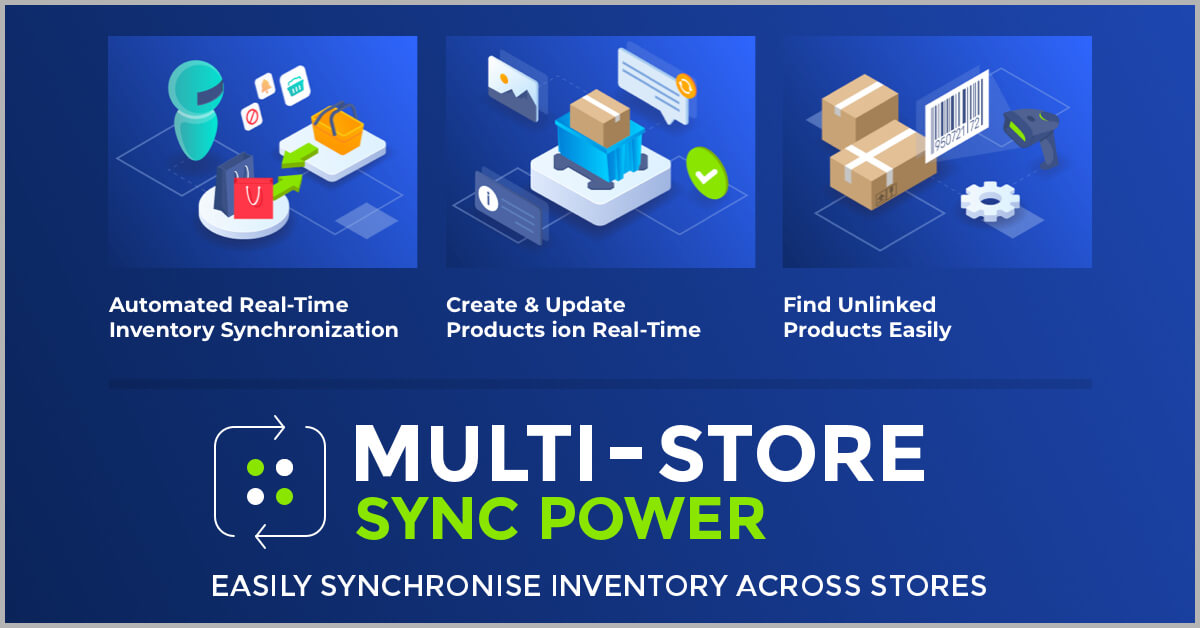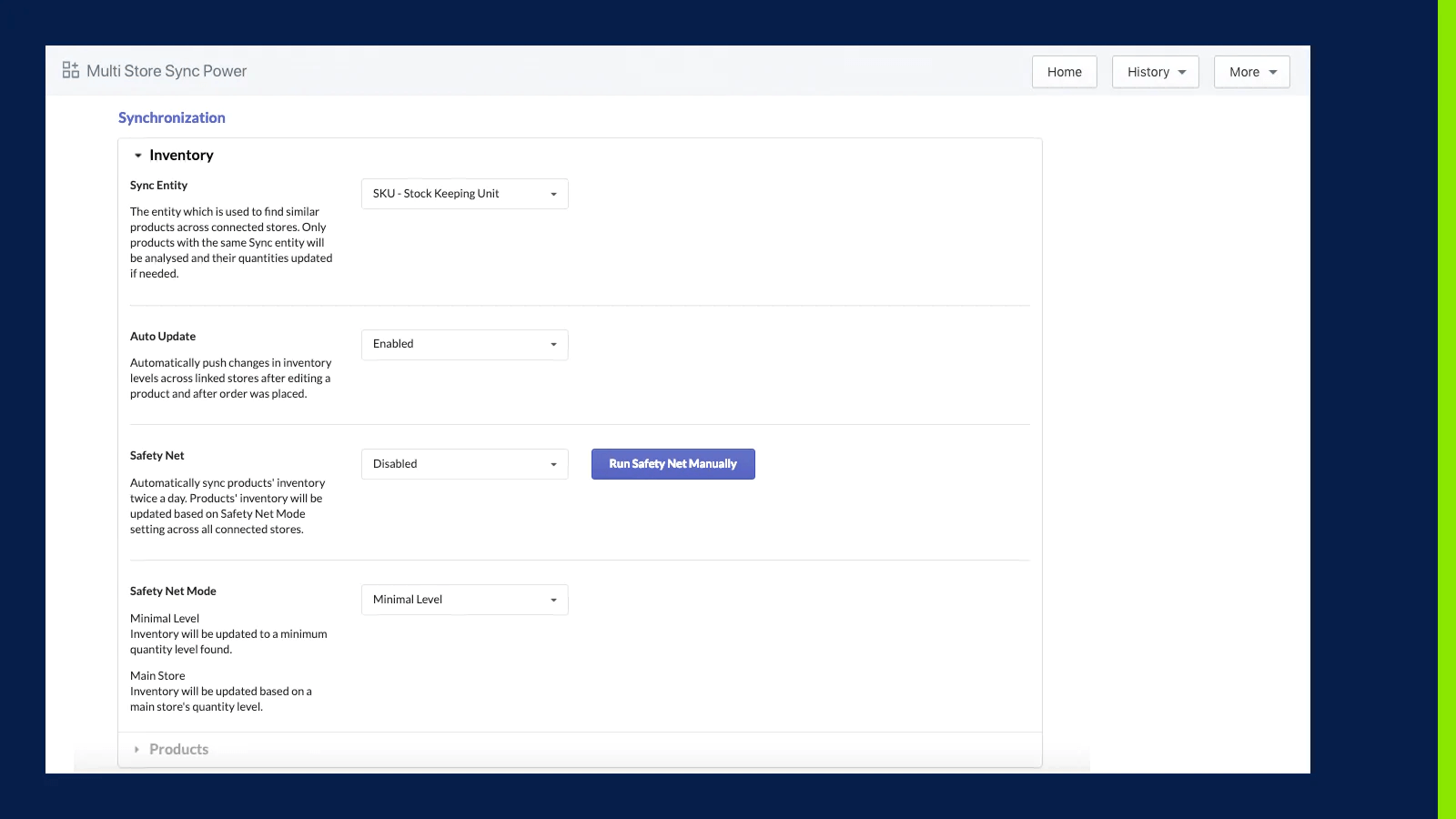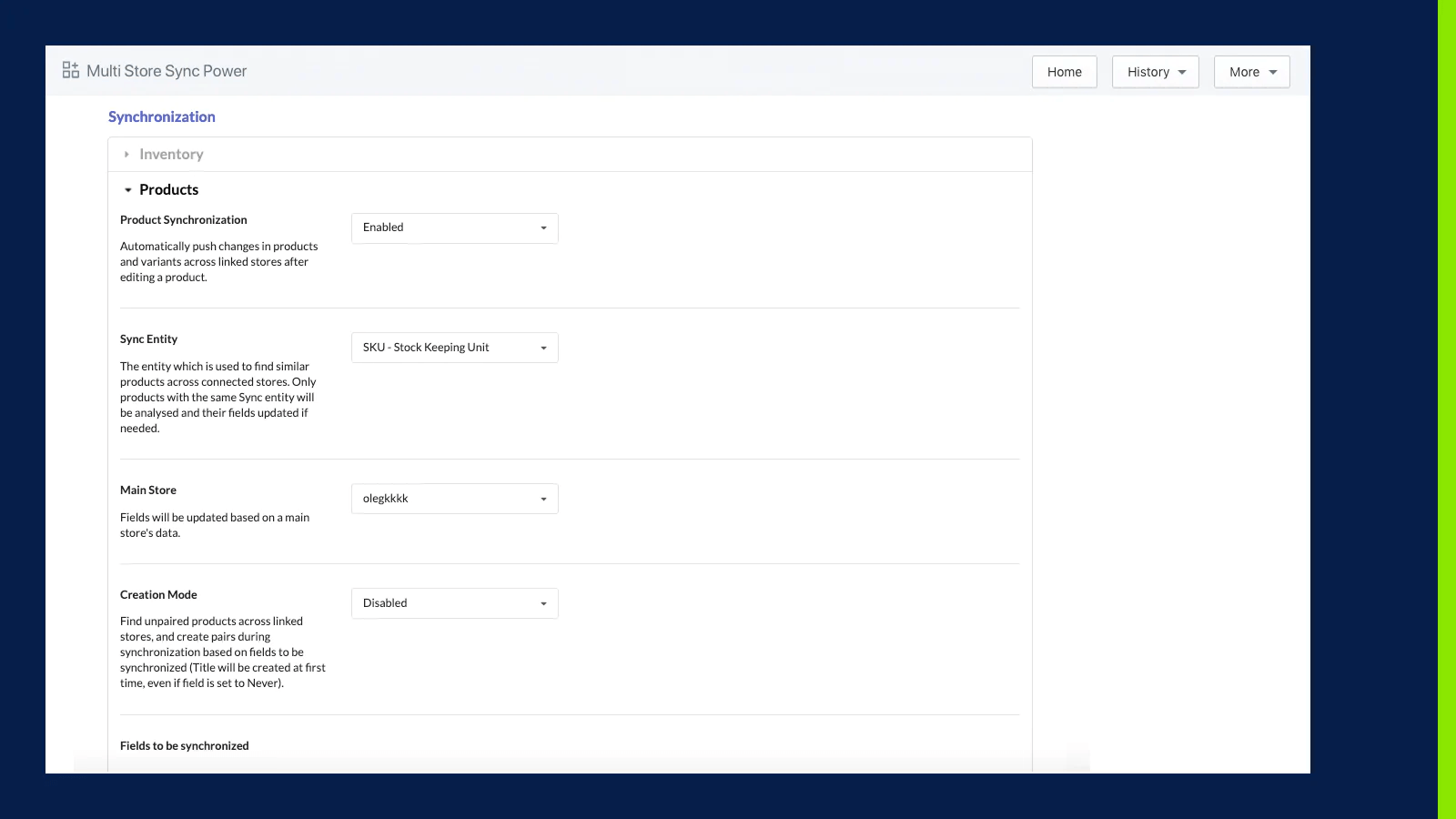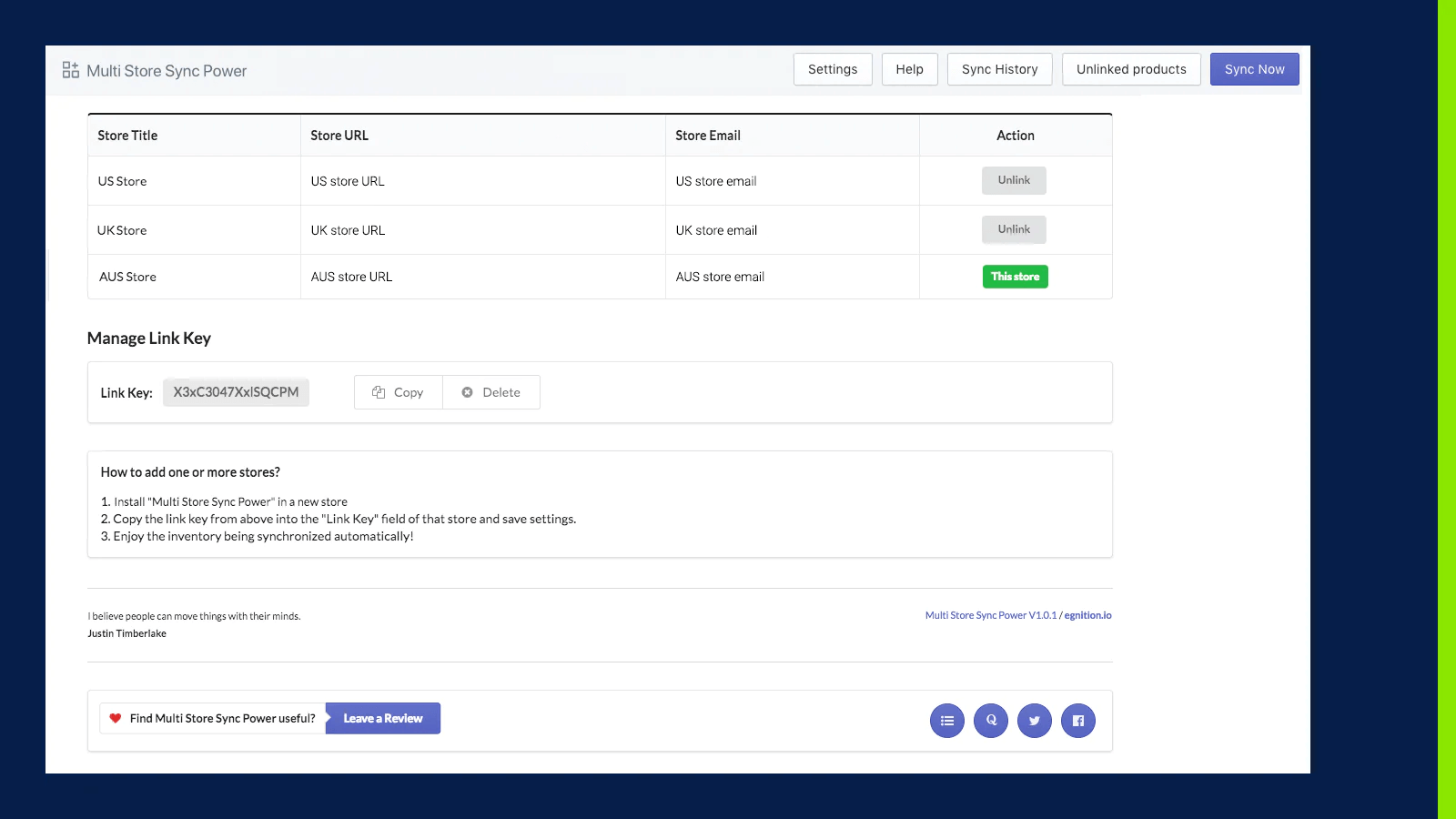4 Strategies for Managing Multiple Shopify Stores (+ 3 Reasons You Should )
Managing multiple Shopify stores is a great way to expand your business' brand and reach a wider audience, but it doesn't have to be as complicated as people seem to think.
Published June 25, 2024.

There are various considerations to make before setting up a new Shopify store, from choosing the right plan to the best inventory management options. If you want to run multiple shops in Shopify, it's important to have the right strategies in place to keep your multi-site business running smoothly.
1. Choose the Right Shopify Plan for Your Business
There are essentially 2 options you have for picking a Shopify plan to run multiple storefronts:
1. Use Separate Shopify plans for multiple stores
Shopify merchants are most familiar with the Basic Shopify, Shopify, and Advanced Shopify plans. However, none of them support multiple Shopify stores on the same account. If you already have a Shopify plan, the simplest way to start a second Shopify store is to purchase more plans
This is a great option for those who have one or two stores (or one and looking to open a new one). It's a great way to start experimenting with managing multiple Shopify stores without having to fork out a bunch of extra cash for a Shopify Plus subscription.
2. Run Multiple stores on one plan with Shopify Plus
If you want to manage more than one store on one account, you need to buy a Shopify Plus Plan. Starting at $2000 per month, this plan includes ten stores, with each extra store costing $250. Once you log into your Shopify admin, you can navigate between the multiple Shopify storefronts associated with the same email address.
This option is better for brands with 3 or more stores and high traffic that can afford the premium cost as it becomes difficult to manage your inventory or customize your brand as a whole.
» Each store needs a separate account, but you can use the same domain
2. Use PIM to Manage Inventory and Orders
Despite Shopify's policy of not allowing you to manage more than one store from a single account, there's a more cost-effective solution than signing up for a Shopify Plus plan—installing a product inventory management (PIM) system to centralize your inventory.
Using the interface of a PIM app, you'll be able to see how your inventory is distributed throughout all your locations and boost your multi-channel inventory management. When your inventory is synced across multiple stores in this way, a single modification to your inventory, product details, images, or orders will reflect in all your stores.
» Easily handle multi-store inventory with the best inventory management systems
3. Let Apps Handle the Inventory Hassles
Speaking of inventory management, the more stores you have, the more difficult it is to keep track of them, especially when dealing with out-of-stock products, localized and seasonal inventory changes, and even MRO inventory control.
Thankfully, most inventory management issues can be automated and handled without your direct effort, so long as you choose the best inventory management apps for Shopify.
4. Consolidate Customer Support
Centralizing your customer support is as useful as managing inventory from one place. Having a single customer support system that consolidates all your customer order data and queries will save you time and help you monitor support tickets and other communication for minimal slip-ups.
5. Have a Cohesive Theme
A strong, consistent theme with enhanced visual design helps reinforce your brand identity. Your multiple Shopify stores should be designed around a cohesive central theme. While your products and messaging should be customized for different markets, you don't want to stray too far from the original design of your site that customers are already familiar with.
» Use the best practices for managing multiple Shopify stores to your advantage
3 Reasons You Should Manage Multiple Shopify Stores
1. Strengthening Your Brand's Value
Many businesses with luxury brands have outlets or off-price Shopify sales to appeal to diverse audiences. This multi-store marketing strategy is perfect for businesses with prominent brands. Having your main store as well as another where price-conscious customers can get cheaper products will prevent you from devaluing your brand and other products.
2. Entering International Markets
You can use Shopify's multi-store feature to streamline the process of expanding into other markets. Having distinct Shopify stores makes it easier to adapt your brand to a locale's culture, purchasing patterns, demands, and values. Expanding your brand into new areas can open the door to discovering new clients and broadening your business's reach.
3. Trying Out Different Business Models
You can also use multiple Shopify stores to experiment with different business models. Whether your approach is B2B or B2C, operating multiple Shopify stores allows you to modify your messaging and product presentation, as well as better target your consumer base.
Problems With Operating Multiple Shopify Stores
The multi-store approach complicates inventory tracking on Shopify and order management, which may be its most significant shortcoming. When customers place orders from different sites for the same product pool, it may cause confusion, delays, and inaccuracies.
In addition, managing multiple shops and duplicating content can be a cumbersome task and divert your attention from many other duties you must complete to keep your business functioning successfully.
» Learn more about the challenges of managing multiple Shopify stores
Supercharge Your Multi-Store Management With Egnition
- Synchronize inventory levels and update product data across multiple locations
- Full multi-location support for maximum flexibility
- Free plan available
Operating multiple Shopify stores is a challenging undertaking, but it's worth it considering the increased potential sales, better positioning, and more targeted marketing efforts. In addition to keeping our multi-store management strategies in mind, you'll be able to reap these benefits sooner with the help of a dedicated app like Multi-Store Sync Power.
Allowing you to automatically sync your inventory levels across multiple locations, this app can greatly facilitate your multi-store management and help you boost your store's bottom line more easily.
» Learn everything there is to know about this handy app in the following Multi-Store Sync Power review






